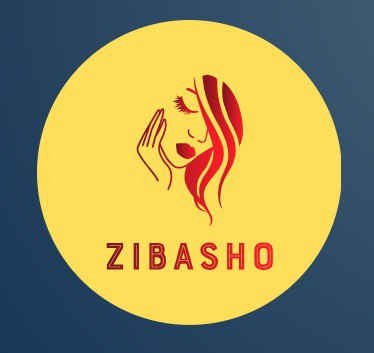IDOS vs. IEOS: Understanding the differences in the security token of cryptocurrencies
The world of cryptocurrency and the initial decentralized offers (IDOS) is increasingly popular and many new projects start every day. In the course of the market, however, this also grows concerns about security and investor protection. Two types of security token that have attracted attention are idos and IEOS.
In this article we will deal with the differences between Idos and IEOS and help investors make well -founded decisions if these investment opportunities are taken into account.
** What is an initial decentralized offer (IDO)?
An IDO is a kind of security type with which companies can collect funds from accredited investors in exchange for tokens. Idos are usually introduced on blockchain platforms such as Ethereum or Binance Smart Chain and offer a more transparent and safe way to issue tokens compared to conventional initial public offers (stock exchange (stock exchange).
During an IDO, an company exhibits token to accredited investors who used these funds to support the start of his project. The IDO process usually includes:
- Advance sales: Investors can buy token at a reduced price before the official sale.
- Sales: Token are sold to accredited investors at the price listed or at an earlier advance booking price.
- Tokenization: Tokens are created and saved on a blockchain platform.
IDO projects often benefit from lower transaction fees, faster comparison times and the risk of risk compared to conventional stock exchange.
** What is an initial exchange offer (ie)?
An IE is a different type of security token with which companies can collect funds from accredited investors in exchange for tokens. However, the main difference between Idos and IEOS lies in their regulatory status.
IEOs are typically carried out on a cryptocurrency exchange such as Binance or Huobi, which have established themselves as respected markets. During an IE, tokens are exhibited on the stock exchange and traded where investors can buy and sell them at the price listed.
The most important differences between Idos and IEOS lie in their regulatory environments:
* Regulatory status : Idos are often subject to stricter regulations than IEOs that are carried out on a conventional stock exchange or less.
* Exchange requirements
: IEOS usually require the exchange of cryptocurrency, on which the token is listed in order to have specific requirements and restrictions on the exhibition of tokens.
Key differences between Idos and IEOS
Here are some important differences between Idos and IEOS:
| | Ido (blockchain) | Ieo (traditional stock exchange) |
| — | — | — |
|
Regulatory status | Usually stricter regulations such as | Cyc and aml checks may still be required on a traditional stock exchange with less supervision. |
|
Exchange requirements | The issuing company may have to register on the stock exchange before the token is listed. | Usually requires the exchange of cryptocurrency, on which the token is listed in order to have specific requirements and restrictions on the exhibition of tokens. |
|
Transaction fees
| Lower transaction fees compared to conventional stock exchange or IEOS. | Higher transaction fees that are carried out on a traditional stock exchange. |
|
tokenization | Tokens created and saved on a blockchain platform. | Token that were issued directly from the company’s Ministry of Finance without tokenization. |
In summary, IDOS offers a safe and more transparent way to issue security tookes compared to IEOS that can be carried out on a conventional stock exchange with less. When considering an investment option, it is important to understand the regulatory environment and the fees for any kind of token.

بدون نظر